‘What’s very clear is that the author is writing what she knows, that this place is in her bones.’ Catherine Woulfe devours, reviews and raves about the Sāmoan teen romance trilogy, Telesā by Lani Wendt Young (OneTree House).
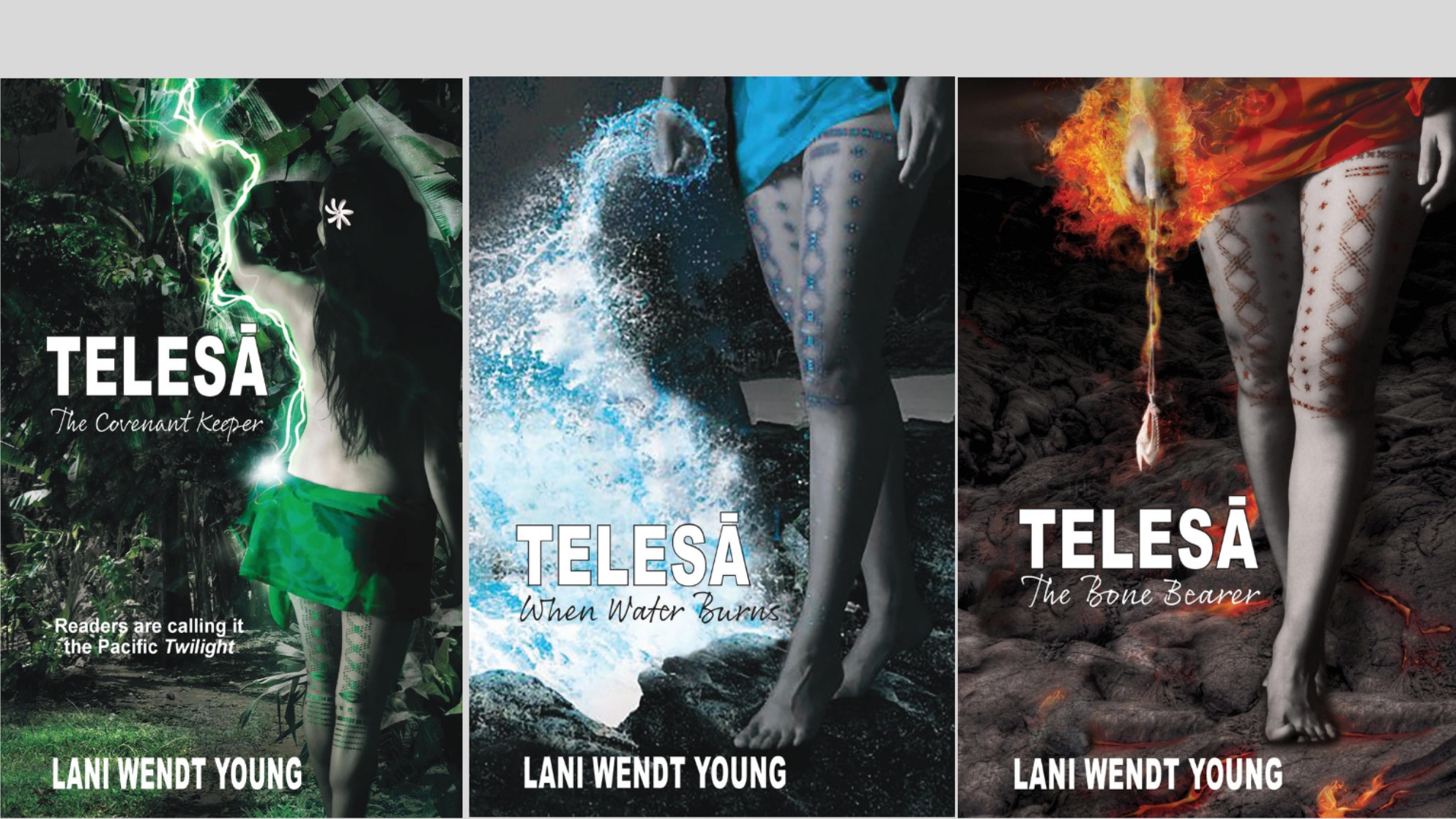
On the 16th of January, a reader after my own heart went home from the Manurewa Library very happy. They had checked out Telesā: When Water Burns by Lani Wendt Young. And Telesā: The Bone Bearer. And a novella in the same series, I Am Daniel Tahi. I know this because the library receipt fluttered to the floor when I grabbed that last one off the ‘great reads’ shelf in Birkenhead last week.
I picture this reader – probably young, possibly Pasifika or Māori – clutching those books to herself with glee. Getting stuck in on the bus home. Staying up late to gulp down another chapter. Reading and reading for days; revelling in that rush of finding a brilliant series, and knowing you’re not even halfway through yet.
Reading and reading for days; revelling in that rush of findinga brilliant series, and knowing you’re not even halfway through yet.
Telesā is just that kind of a story.
The trilogy is a fantasy romance grounded in Sāmoan mythology. It is seven years old now, with various spin-offs. Young, a prolific, lauded writer and journalist, initially self-published the first novel, Telesā, after being turned down by more than 30 publishers.
Last year, in a keynote speech to the New Zealand Society of Authors, Young said that book was ‘the first ever YA novel with an all-Pasifika cast, set in Sāmoa and around the Pacific’. As to what that meant? She recalled visiting a school, and a speech a student leader gave afterward.
‘Thank you for coming to our school. Now we know that brown people can write books. And not just white people.’
‘Thank you for coming to our school. Now we know that brown people can write books. And not just white people.’
The first three books have just been reissued by OneTree House but strangely, some quirks of self-publishing remain. Whoopsies like ‘it’s worse than it looks, honestly’ – when protagonist Leila is trying to reassure her boyfriend Daniel that she’s fine – and ‘annunciating’ used in place of “enunciating” are small slips and they don’t ruin the reading experience, by any stretch. But they do hack me off. A book like this deserves better fine-tuning.
The quibbling ends there. I flat-out love these books. I love that Young wrote them after a bet with her brother – they’d been talking about Twilight, and how a Sāmoan version would be way better, and decided to race to write one – and I love that she’s taken the dreamy pull of the vampire series and poured it into a story that’s better in every way.
I say that as an agnostic feminist who effing loves Twilight. Young does, too (one of her five children is named Bella, and I suspect that’s not a coincidence) and she drops little curtsies to Stephenie Meyer throughout the books.
Oodles of spoilers ahead.
Like Bella, Leila’s the new girl in town. Like Bella, she’s deeply uninterested in clothes, and has a bestie who’s forever trying to glam her up. Both girls first spot their forever-loves at school and are immediately done for (both feel faint fairly early on, actually, and are carried to the school office by their beau.) Both couples have a secret clearing in the forest, a spot where they go for peace and, in Leila and Daniel’s case at least, pashing. And both have tiffs over the girl’s friendship-verging-on-affair with another, much-less-complicated boy.
Like Bella, Leila’s the new girl in town. Like Bella, she’s deeply uninterested in clothes, and has a bestie who’s forever trying to glam her up.
There are other parallels, most of them subtle – it boils down to a certain mesmerising atmosphere, sometimes. But at the end of book three, Leila and Daniel have a child, and they call her Salamoanasina. A mouthful? Yeah. It’s a portmanteau of grandparents’ names, a la Bella and Edward’s Renesmee. I cracked up at that, hopeless geek that I am.
Here’s the thing, though. Twilight’s Bella is useless. She’s awkward and vulnerable. She goes to pieces without Edward and, for a large part of the story, she is overtly the weakest link: ‘And so the lion fell in love with the lamb,’ Edward murmurs, after impressing upon her just how badly he wants to kill her, and how easy it would be for him. Even when Bella becomes a vampire her particular gift is weirdly maternal and passive: she can project a sort of bubble of protection over those she loves.
Leila would kick Bella’s palagi ass. Leila throws fireballs and dives into volcanoes and casually flicks whips of pure flame. She’s the one with the supernatural gifts, and she’s the one who helps Daniel through the pain and confusion of his own change. In another empowering inversion of the Twilight narrative, at one point she leaves him, worried she’ll hurt him. And during that time she misses him, she mourns, but at the same time, she gets on with being a fire goddess.
Leila would kick Bella’s palagi ass. Leila throws fireballs and dives into volcanoes and casually flicks whips of pure flame.
Oh, and also. Bella and Edward don’t give a thought to contraception. They get the sort of comeuppance kids learn about in abstinence class. Leila, on the other hand, forces the safe-sex talk with Daniel. They’re – serious spoiler, here – married for five years before the kids come along, during which time they get degrees and hotshot careers and win the Rugby World Cup for Manu Samoa. Can I get a heck yes?
To setting. Meyer’s Forks is a place of pine trees and rocks and cold rain. Afio mai to Sāmoa! Land of flame trees and frangipani, where the boys are sweaty and shirtless and the love interest tastes ‘of sweet pineapple and a salty edge of coconut’. Declarations of forever are made amongst white ginger and bougainvillea. There’s lots of dancing, lots of rugby and church, a waka ama race. Pineapple pie and kokosāmoa.
The place is knitted into psyches, too: in the modest clothes women are expected to wear, in Daniel’s reluctance to go into Leila’s bedroom (Edward, notoriously, creeps into Bella’s room before they’re a couple and watches her sleep), in the deference to elders. Sāmoan language and customs are introduced naturally and without apology. We never feel like we’re on a tropical jaunt. What’s very clear is that the author is writing what she knows, that this place is in her bones. It’s certainly in her imagery: a woman watches another burn, and observes her body fragmenting ‘like soft tapa cloth slowly but surely catching fire’. Bitterness pools ‘like the ooze of bread-fruit sap’.
Sāmoan language and customs are introduced naturally and without apology. We never feel like we’re on a tropical jaunt. What’s very clear is that the author is writing what she knows, that this place is in her bones.
Young’s Sāmoa also has mosquitoes and feral dogs and roads only a foolish tourist would walk down at night. Barbed-wire fences. Schoolboys who fight hard and mean.
But worse than that: brace for book two, in which Young pans out from the insular love story of Leila and Daniel, and shows us a Sāmoa where children and women are raped and beaten. It opens on a scene in which a boy and his little sister are sold by his mother for sex. The boy watches the girl raped, or close to it, and then burned to death.
‘The last thing the little boy remembered was how peaceful his sister looked as she lay there on the mattress – like a princess on her fiery pyre of death.’
Young, a survivor of child sexual abuse and outspoken campaigner against domestic violence, doesn’t leave it there. She has that little boy grow up to be an angry, volatile young man, one who goads Leila to get what he wants, who doesn’t think much of consent.
Implicit in this arc and others is the role of the woman: this boy’s mother sold her children, and others in the books are violent, or knowingly put their children in danger. Young doesn’t let us absolve them.
What this redoubtable author is doing is showing us the cycle. And then she shows us what it means to break it. That doing so takes strength and support and time.
What this redoubtable author is doing is showing us the cycle. And then she shows us what it means to break it. That doing so takes strength and support and time.
Leila invests in a women’s refuge, and does her best to learn about the residents and what drove them there – and what drives them, often, back to the men who hurt them. She trains them in self-defence. She gives them what she can, and she hopes that, against the odds, they find a safe path through. What she gives them is power; what she gives them is what Young, throughout this gorgeous, accomplished, and deeply brave story, has given her.
‘Choice. It was an exhilarating and terrifying thing.’
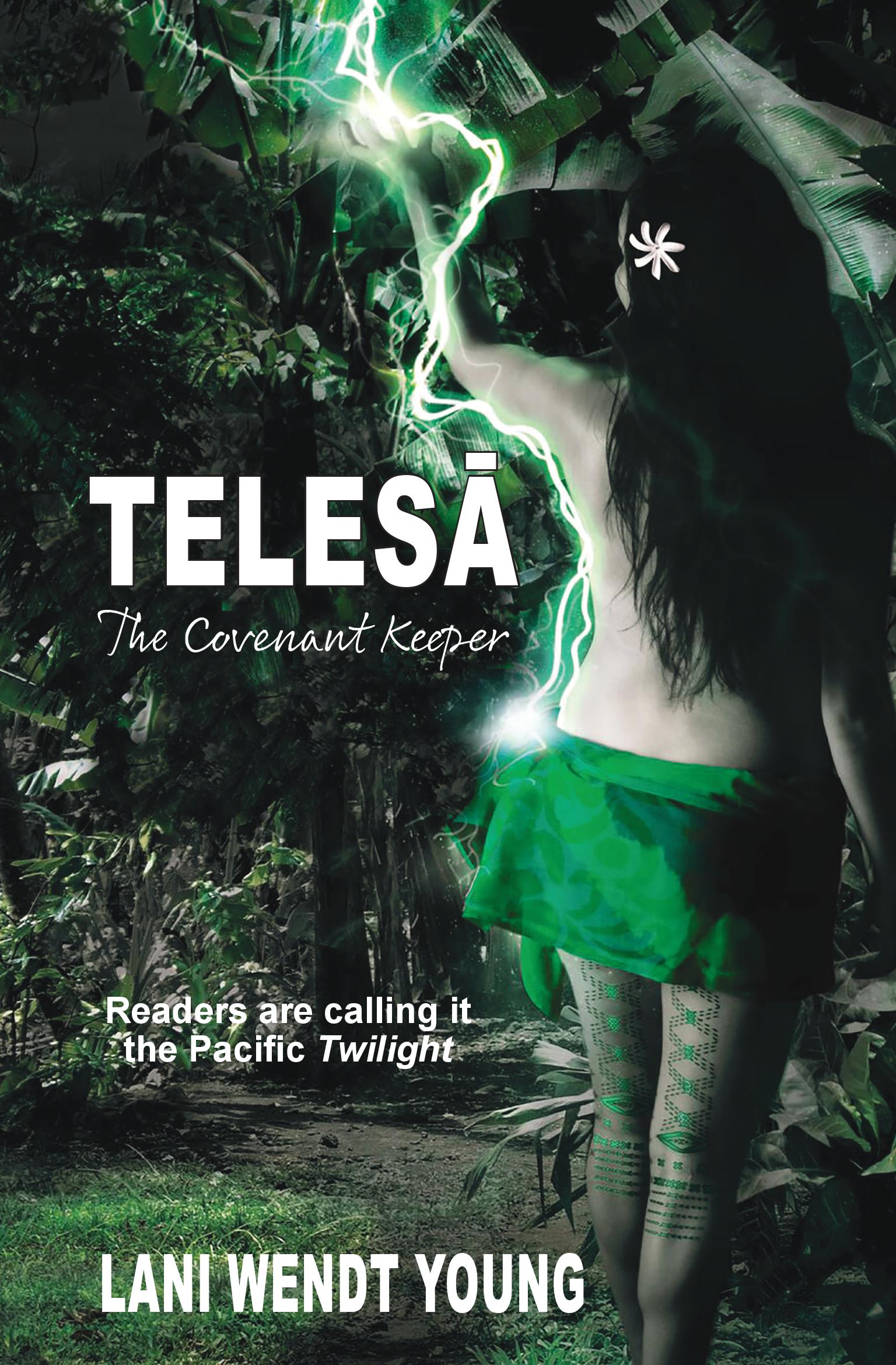
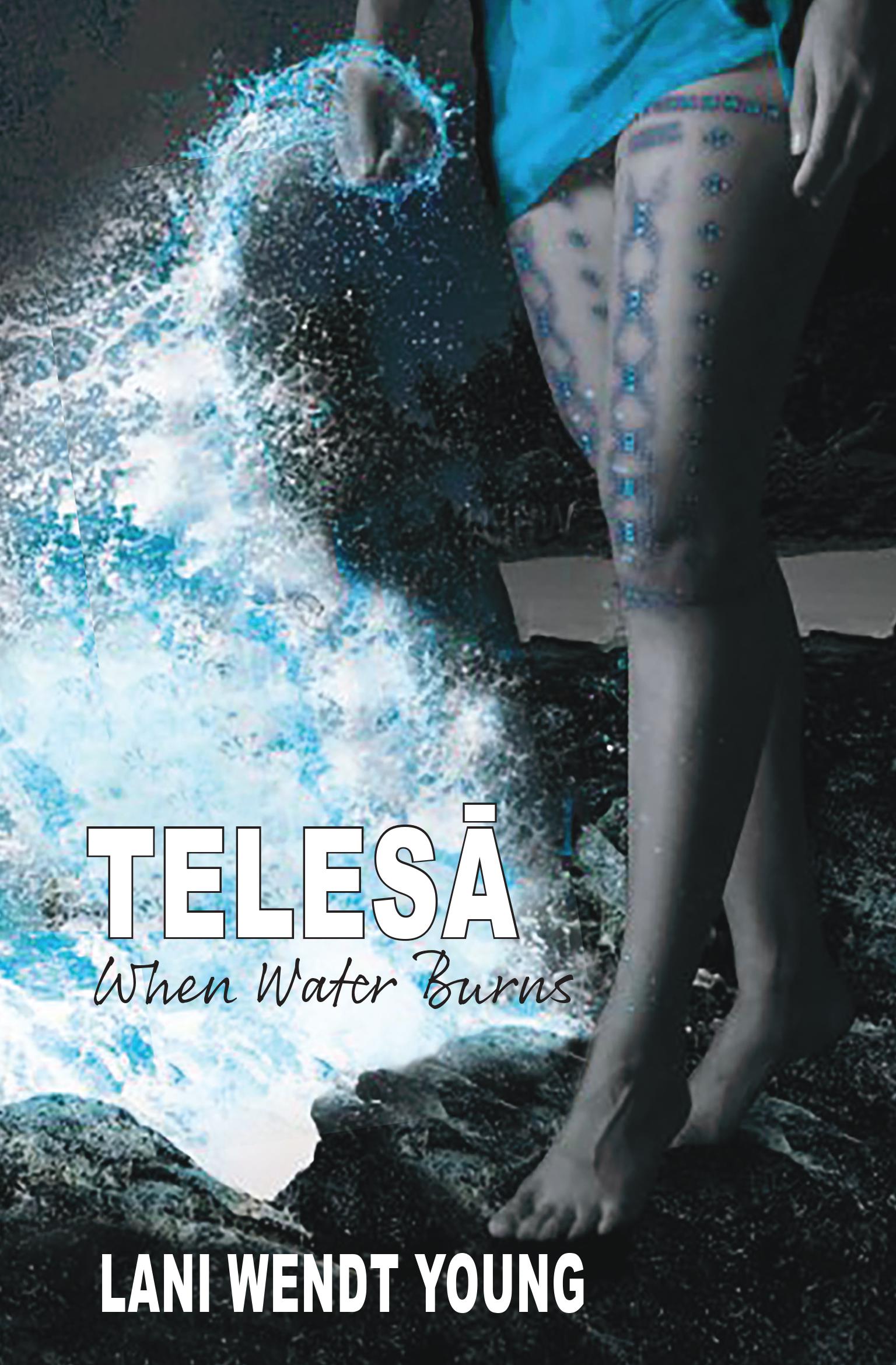
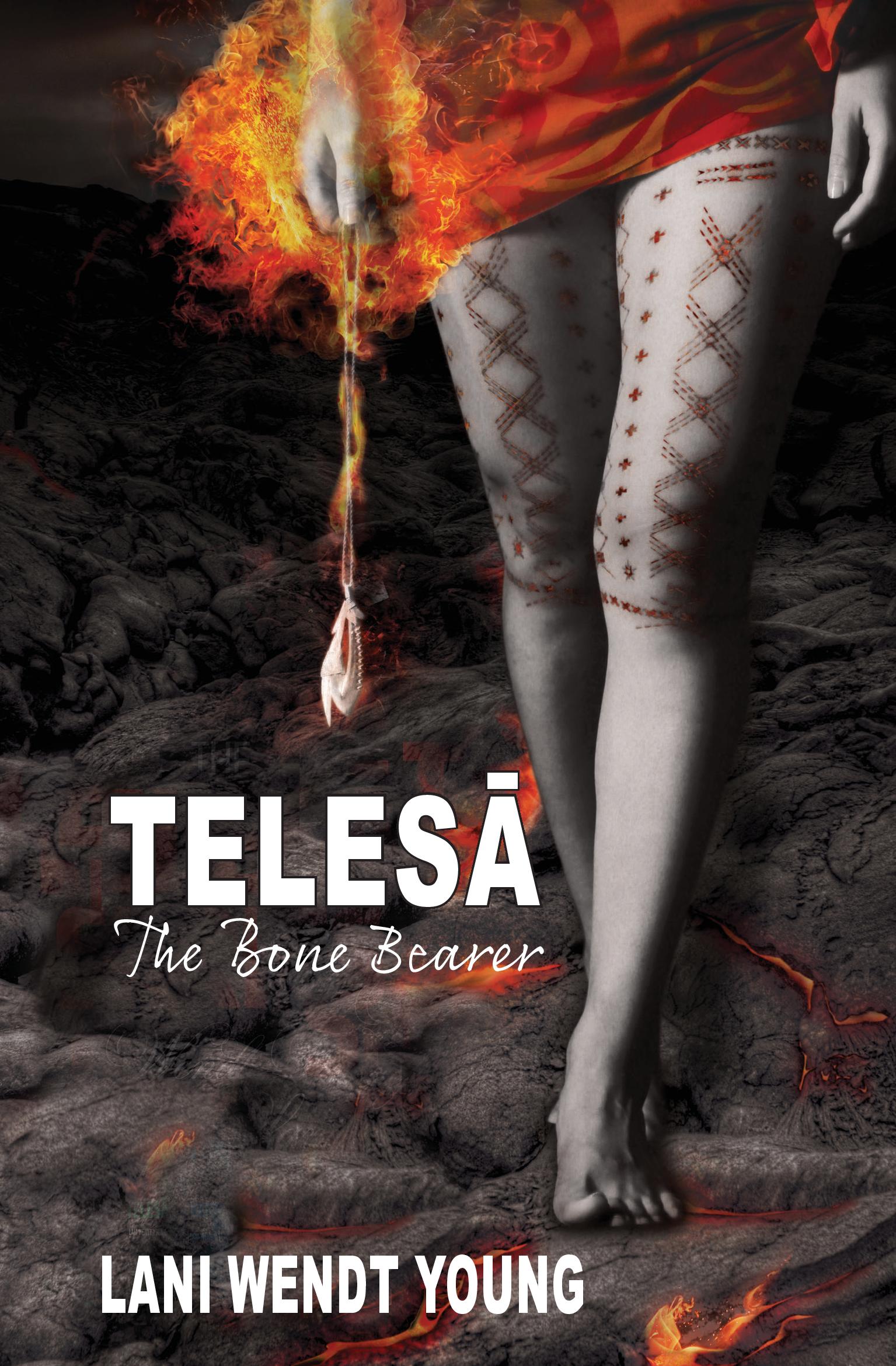
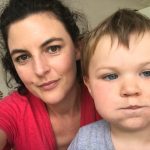
Catherine Woulfe
Catherine is currently the editor at New Zealand Geographic after previously editing the books section at The Spinoff. She also edits 1972 magazine and has been a regular reviewer for the Listener.



